-
Gas-powered vehicles require maintenance like oil changes and more.
-
EVs are mechanically simpler and more electronic, requiring less routine work.
-
Still, there are key nuances to EV maintenance that drivers should know.
Taking your car to the shop will look a lot different if you drive an EV versus a gas-powered vehicle.
EV-drivers can say goodbye forever to oil changes and various other common gas-drivetrain maintenance responsibilities. Tesla has advertised its vehicles with that, touting them as « eliminating the need for service. »
But because EVs are so tech-heavy, they do come with some maintenance and service nuances. For instance, over-the-air software updates might keep these vehicles in tip-top condition.
But if an EV does need repair, it could take a lot longer. EVs also have complex batteries. And those batteries could be costly to replace.
Here’s a rundown of all the ways that keeping an EV on the road is different from a gas-powered vehicle:
Overall, EVs need less maintenance.
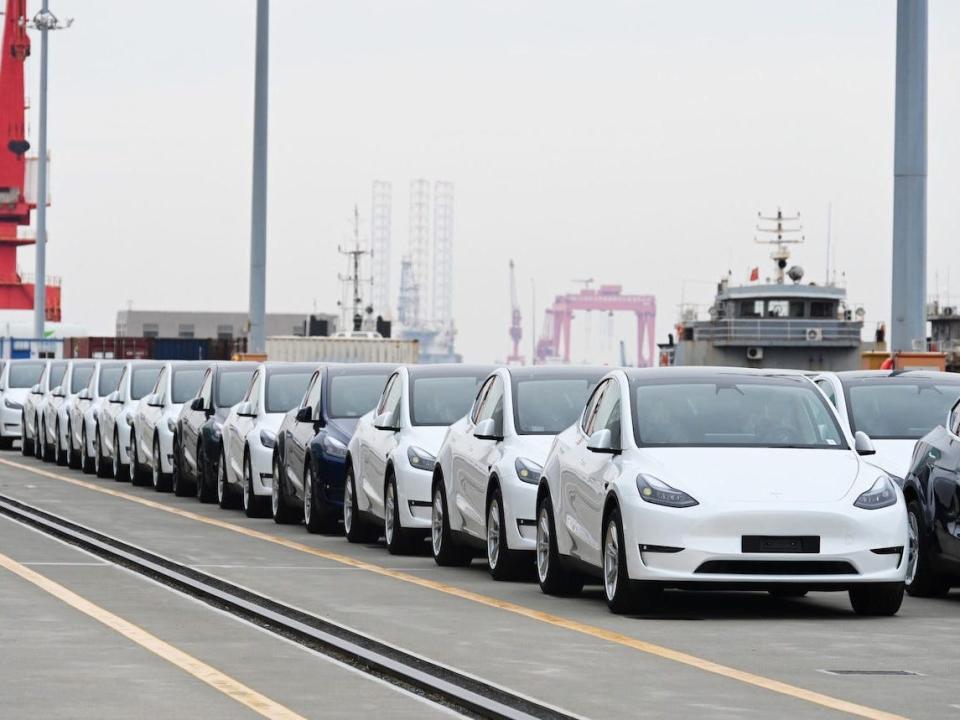
They have maintenance costs of $4,246 over 5 years of ownership, lower than the $4,583 estimate for gas-powered cars, according to a Kelley Blue Book assessment of the total cost to own an EV versus an internal-combustion engine vehicle.
For one, every few thousand miles, automakers recommend changing the engine oil and oil filter in a gas-powered vehicle.
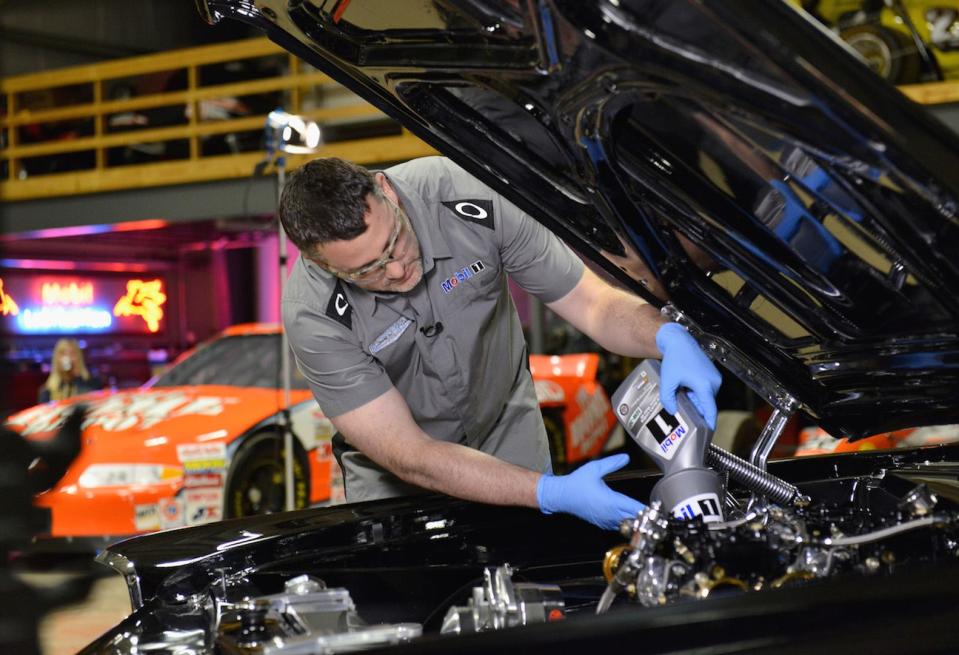
But EVs have no engine oil, as they’re powered by electric motors, so their owners don’t ever have to think about changing it. EVs generally have fewer moving parts to begin with.
Traditional internal combustion engine cars have plenty of other fluids besides engine oil to keep an eye on.
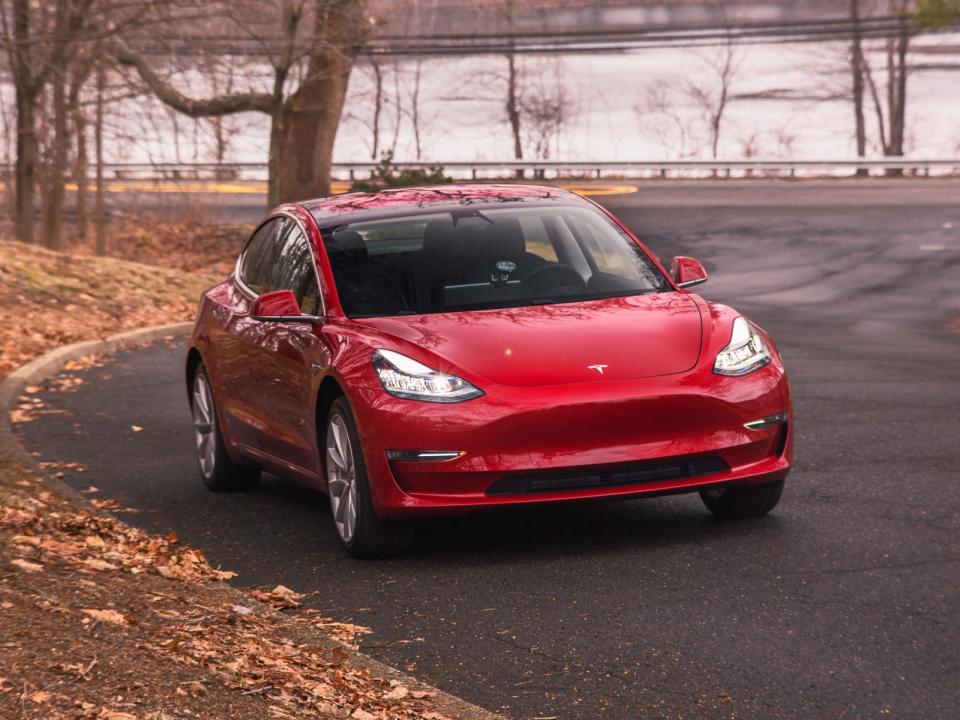
While the electric drivetrain is essentially fluid-free, there are some nuances. For instance, the more simple transmission of a Tesla requires an infrequent filter change. Door hinges still need to be lubricated. EVs still need brake and window washer fluids, too.
Some drivers swear by fuel additives, compounds added to gas tanks to clean engine parts.
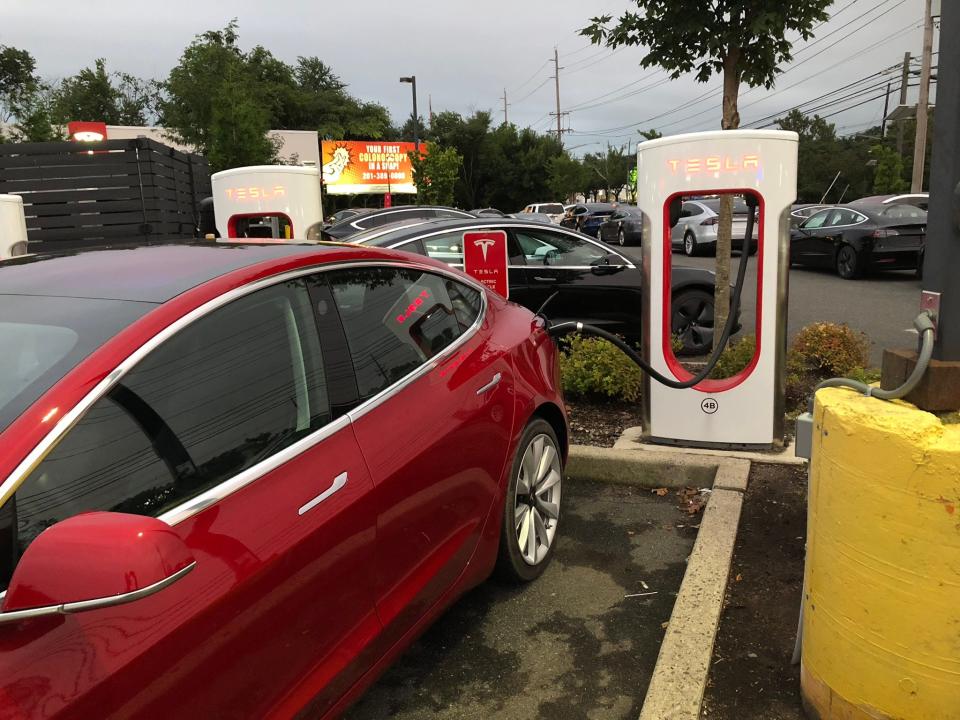
Because EVs only require electricity, that’s one less thing for an owner to worry about.
EVs are leading the charge as vehicles overall become more electronic and chock-full of technology.
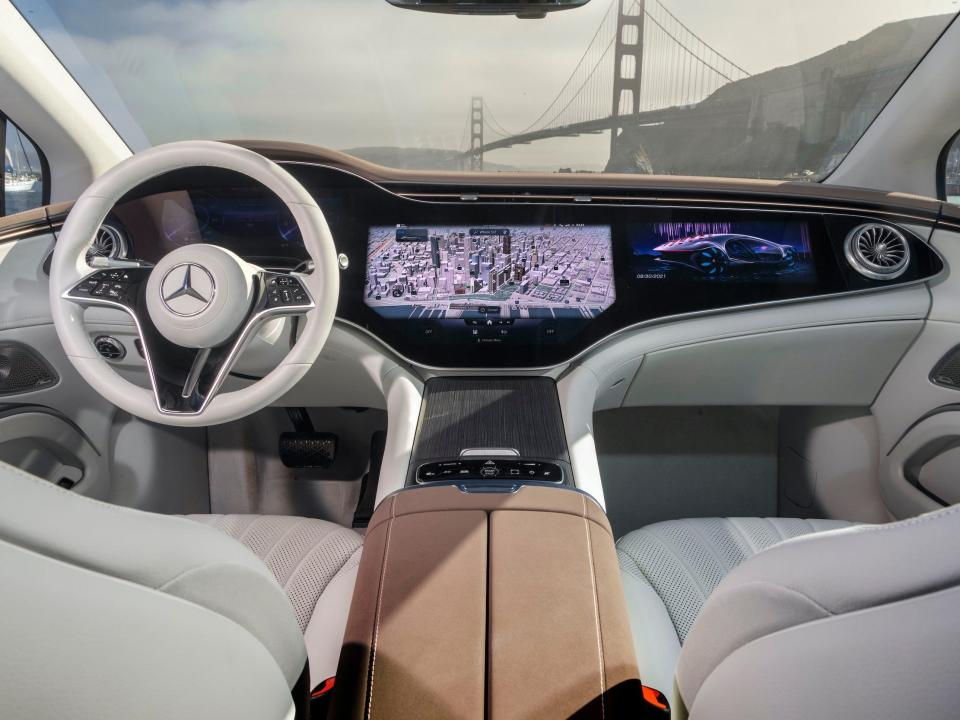
They’re essentially treated as computers on wheels. With EVs, a lot of software tweaks and infotainment updates are handled via over-the-air upgrades, though automakers are still getting a handle on that.
Performance upgrades have become more common with EVs, usually for a fee or subscription cost.
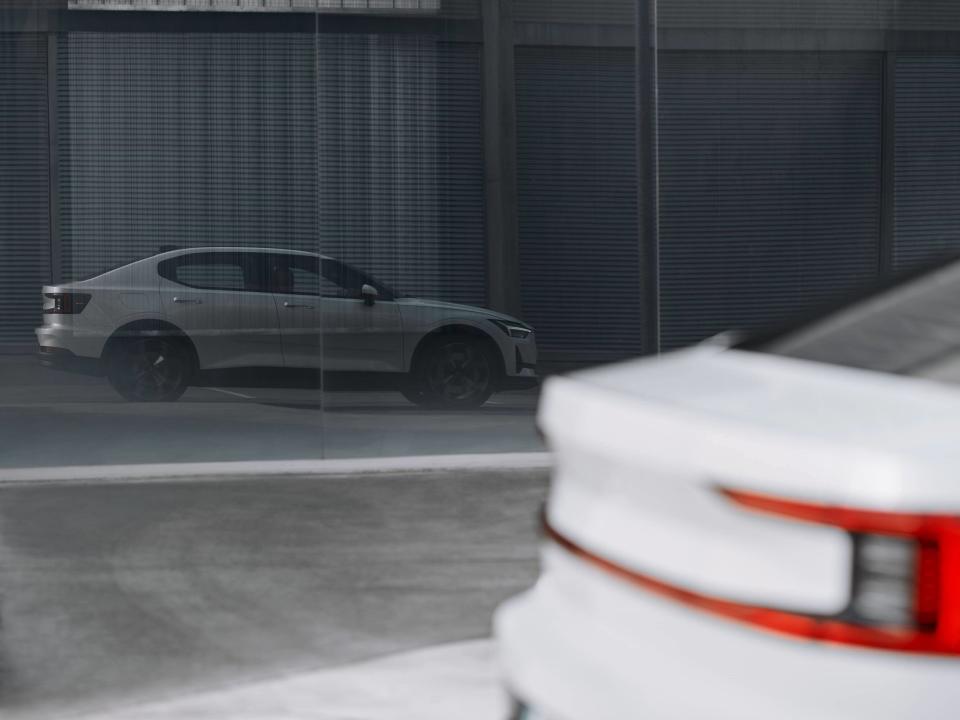
For instance, Tesla can unlock additional performance from an owner’s vehicle using over-the-air software updates. Mercedes-Benz and Polestar have also explored that concept.
One major difference between gas-powered vehicles and EVs is the cost of potentially replacing the EV battery.

While it’s still early days in the EV transition and battery replacements aren’t routine, it could be expensive — some estimates suggest as much as $15,000. That likely isn’t something a driver of a new EV has to worry about.
Usually, EV battery replacements are referenced once an older electric car joins the used market.
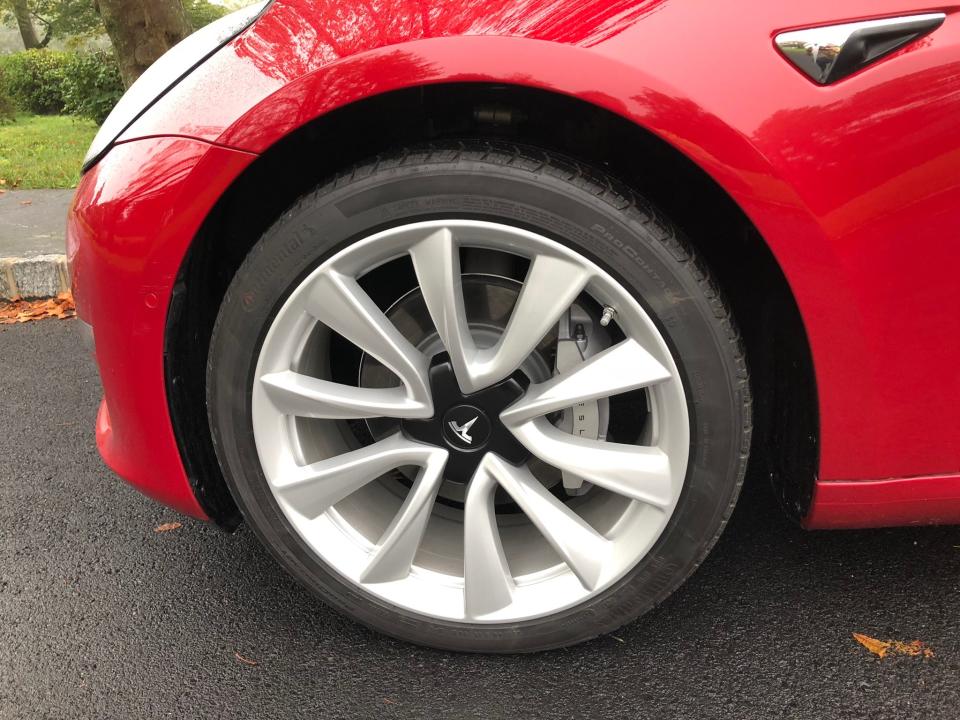
It’s why the battery’s health and state of charge will be important to determine whether a second or third owner can expect an expensive replacement cost.
Because EVs use regenerative braking, pads and rotors are subjected to less wear.
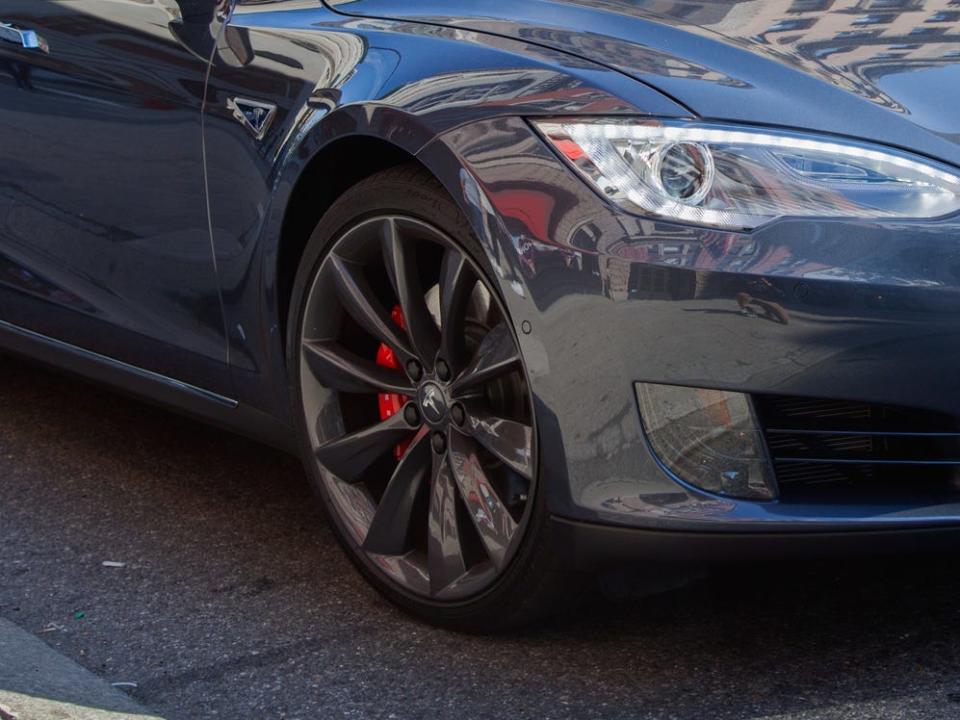
While brake pads need to be changed every 20,000 to 50,000 miles or so on gas-powered vehicles (and brake rotors also need to be replaced), EV owners should expect to have brake maintenance far less frequently.
For EVs, accidents can get expensive.
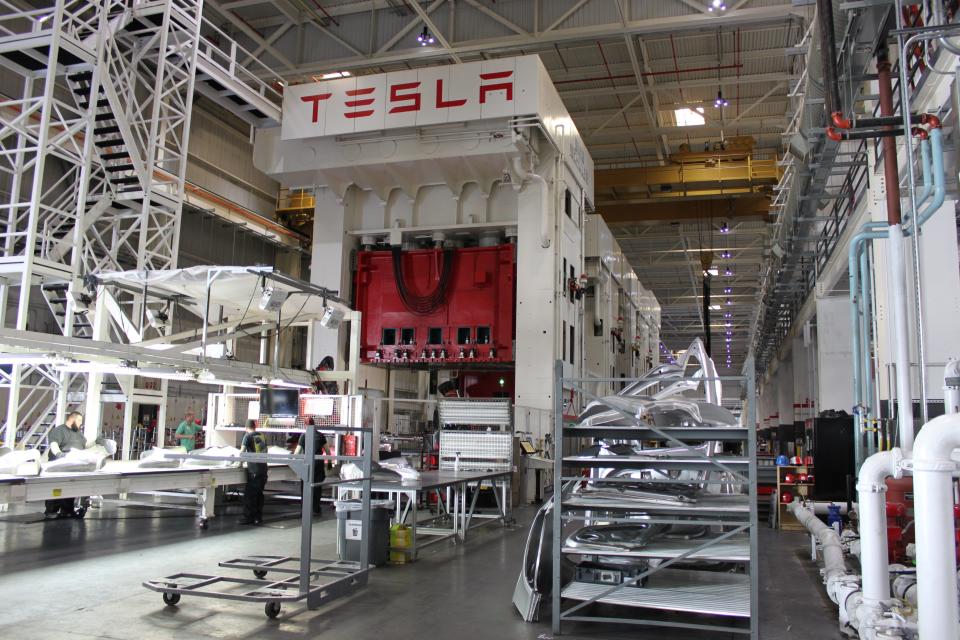
EV fixes may require unique tools and equipment, electronics like sensors can be costly, and there are far fewer technicians specialized in EV repair right now. EVs have around $1,712 in repair costs over 5 years of ownership, higher than drivers looking at $1,695 in repair costs for gas-powered vehicles, according to Kelley Blue Book estimates.
EV tires differ from those for gas-powered vehicles.
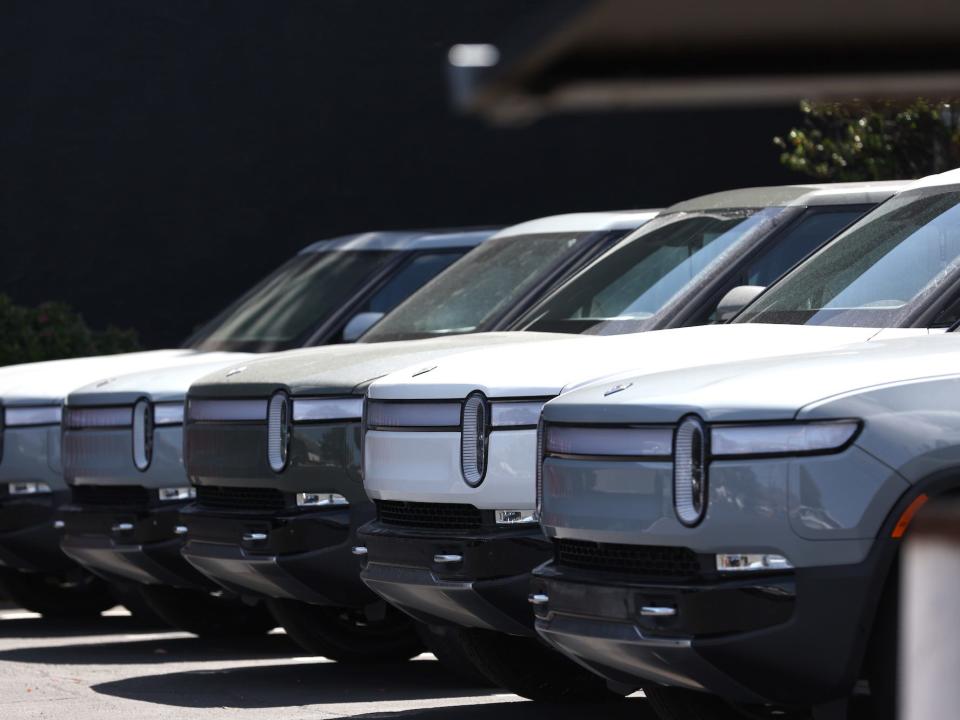
EV tires have to handle the heavy battery weight and faster initial acceleration, and play a role in noise reduction. Higher EV tire wear could mean it’s more often that they need to be replaced.
Much like gas-powered cars, EVs undergo recalls.
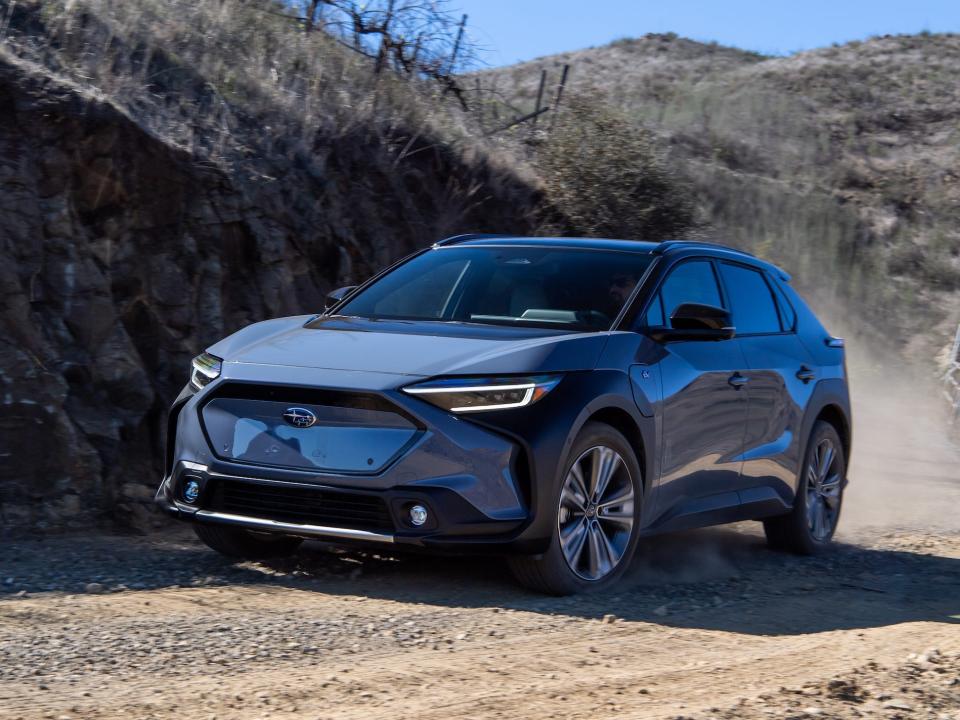
It’s something for any driver to keep in mind (whether they have a gas-guzzling muscle car or a Tesla), but it’s of note that many automakers’ early EV products have been recalled, like the Subaru Solterra, Toyota BZ4X, BMW iX, and many more.
Because an EV is so electronic, the way an owner goes about maintaining it might also be different.

Automakers have to provide access to information on how to fix gas-powered cars to their dealer service centers, independent repair shops and the aftermarket. EVs can be diagnosed with a lot of telematics tech, but if only automakers and their franchised dealers have access to that information, that might limit your repair options.
Of course, there are plenty of similarities.

Replacing aging headlights or worn-out suspension parts is standard for both types of vehicles. In fact, EV suspensions might actually wear out sooner, given the vehicle’s battery adds to its overall weight.
Read the original article on Business Insider










